|
|
Post by fernwood on Jun 9, 2021 4:56:26 GMT -5
These were in group shots in another thread, but feel they need their own thread. 1. Unusual shaped, 6” pet wood slice. I love the patterns here and the shape. One side of the bark is really gnarly. Any ideas where it might have come from? Stinking Water? What would cause the gnarly bark? The other areas of bark are “normal”.   2. Opalized, 3.5” pet wood. Camera would not capture the few places that are chatoyant. Any ideas where it might be from? I have seen/have the milky common opal in wood before and the more translucent opal, but never in the same piece. 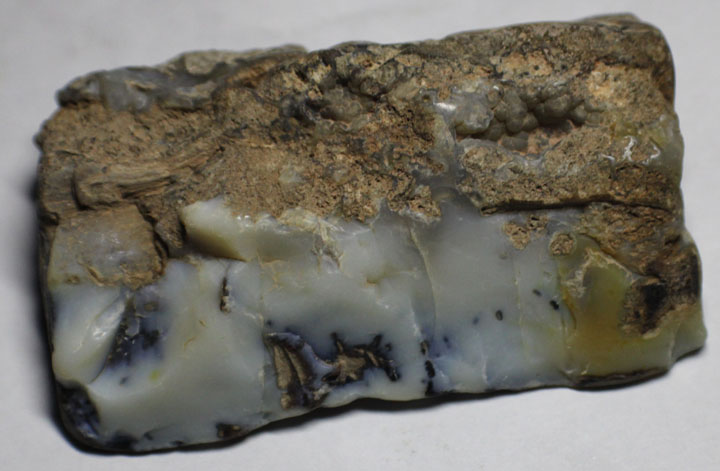  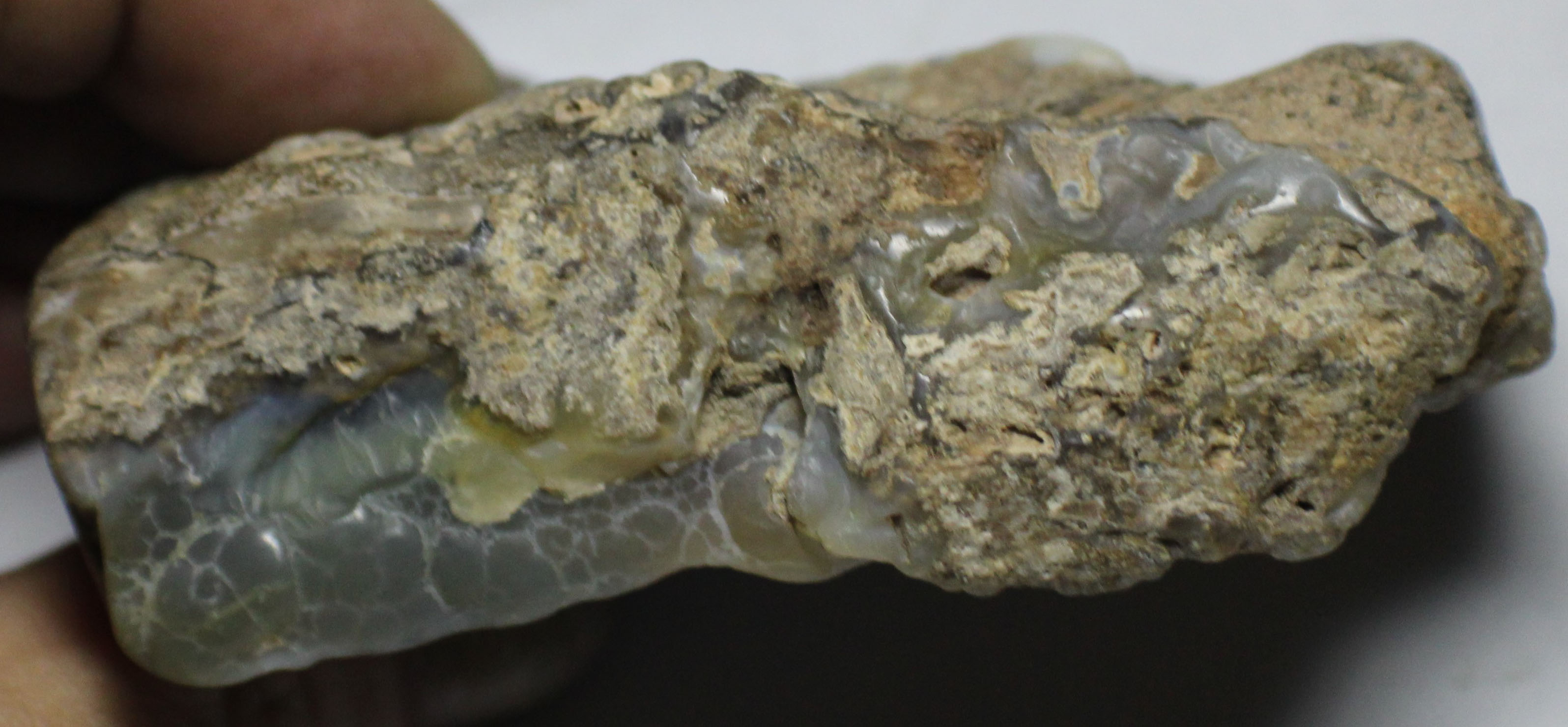 Both of these will remain as is. Thank you |
|
RWA3006
Cave Dweller 
Member since March 2009
Posts: 4,633 
|
Post by RWA3006 on Jun 9, 2021 17:23:49 GMT -5
Beth, your specimen could be from any number of places but I'll show you some material from Wyoming's Blue Forest and you can go from there. Blue Forest wood is well known to often be encased in petrified algae which makes a crusty outer shell. The algae is often shot through with common opal, so much so that a tiny town south of the area is called "Opal" Here you can see the algae against my thumb. 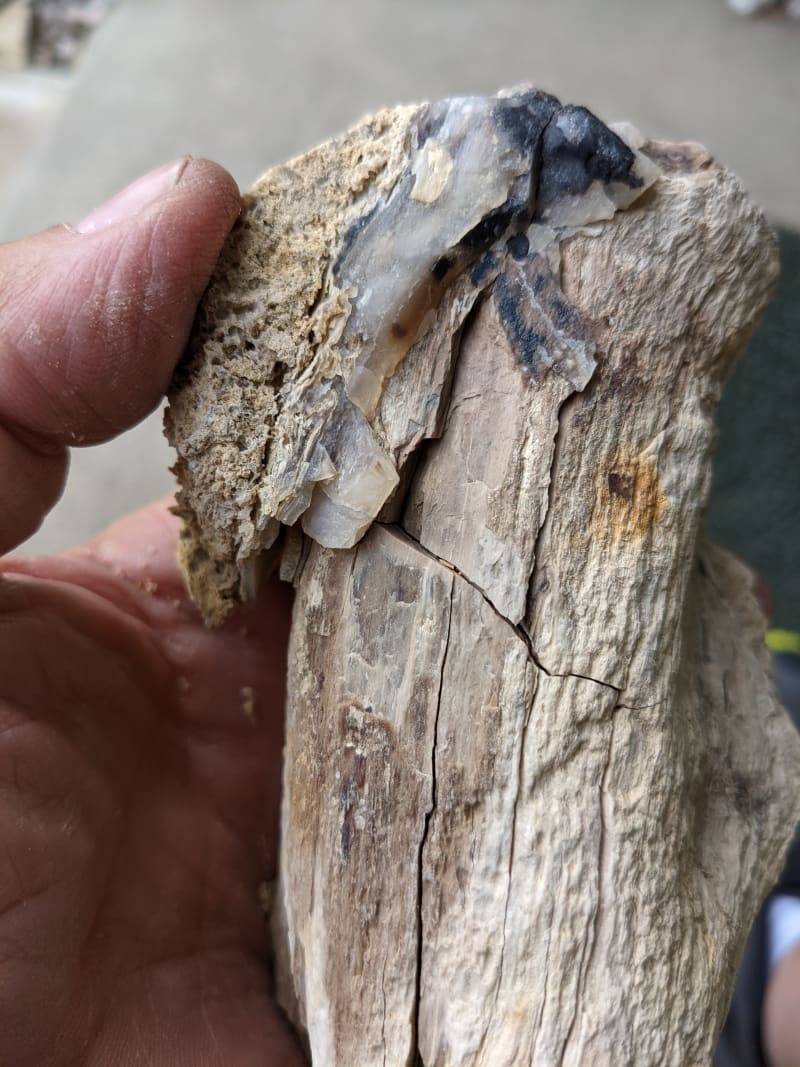 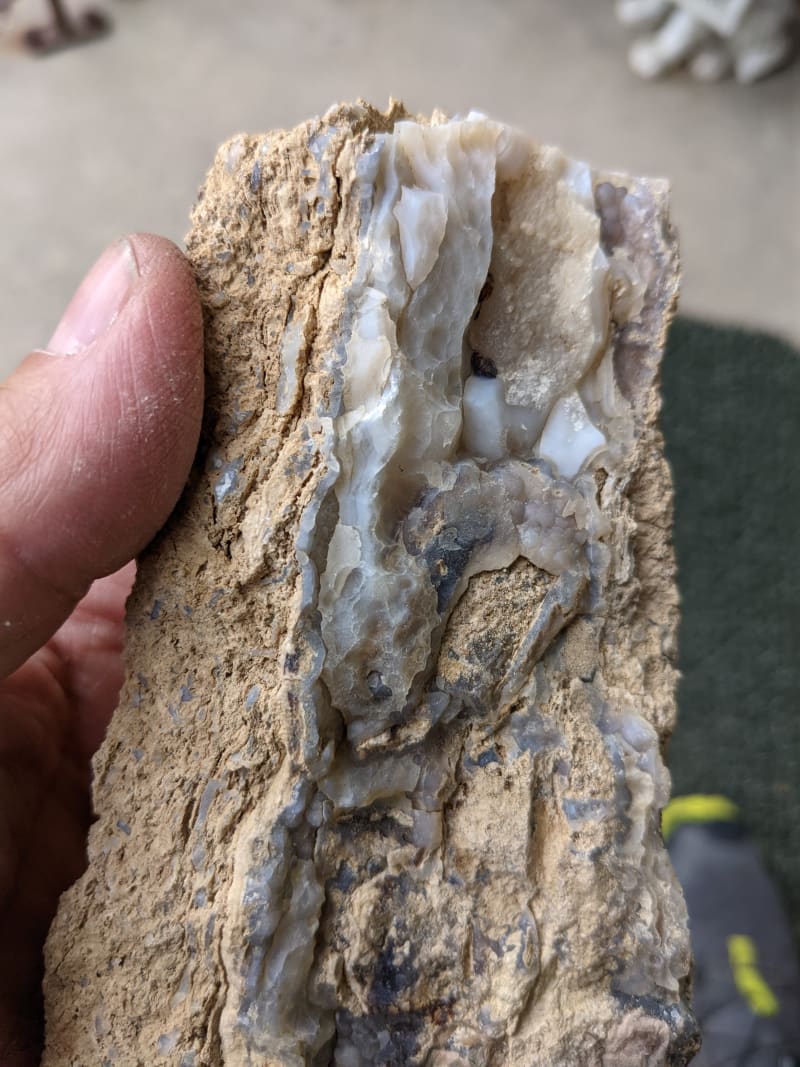 |
|
RWA3006
Cave Dweller 
Member since March 2009
Posts: 4,633 
|
Post by RWA3006 on Jun 9, 2021 17:26:41 GMT -5
|
|
RWA3006
Cave Dweller 
Member since March 2009
Posts: 4,633 
|
Post by RWA3006 on Jun 9, 2021 17:28:23 GMT -5
Insect bore holes are also common. Here's one at the knife point. 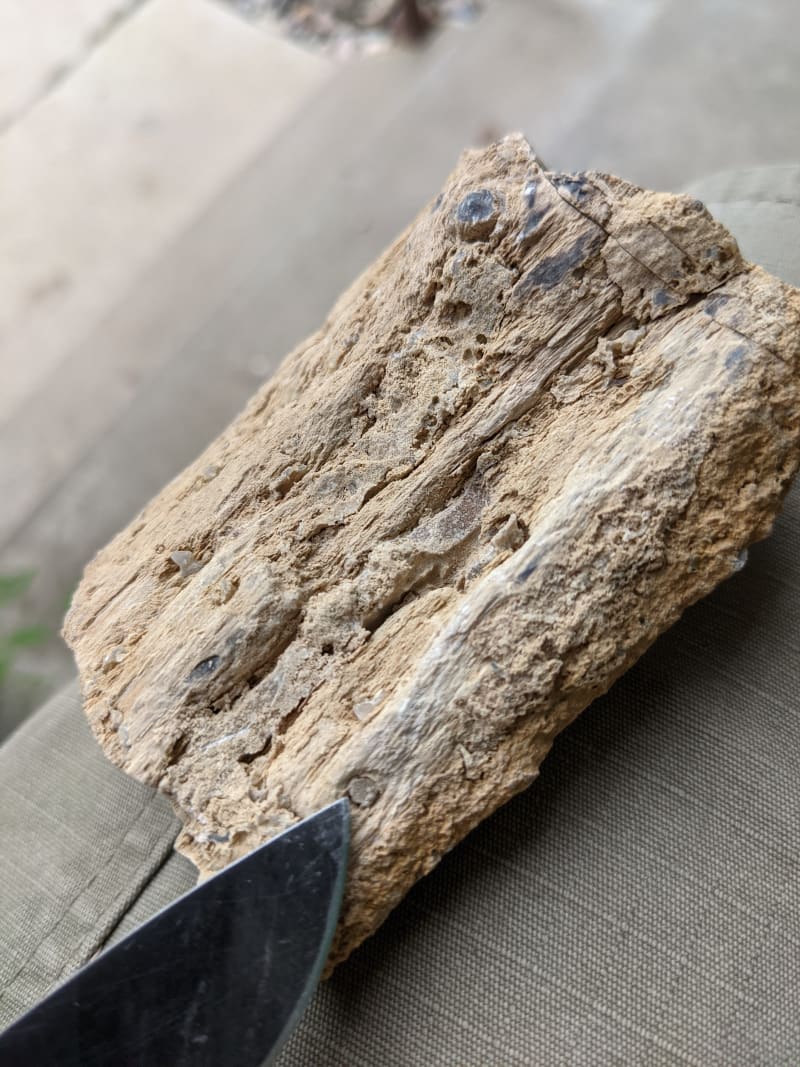 |
|
RWA3006
Cave Dweller 
Member since March 2009
Posts: 4,633 
|
Post by RWA3006 on Jun 9, 2021 17:35:13 GMT -5
When freshly cut this wood is usually dark but can be bleached lighter.   |
|
|
|
Post by fernwood on Jun 9, 2021 22:55:48 GMT -5
Thank you for the great info.
|
|
kbtherock
off to a rocking start

Member since June 2021
Posts: 3
|
Post by kbtherock on Jun 12, 2021 8:49:26 GMT -5
|
|
|
|
Post by fernwood on Jun 12, 2021 8:58:09 GMT -5
Sorry, could not check the link, as I was denied access. |
|